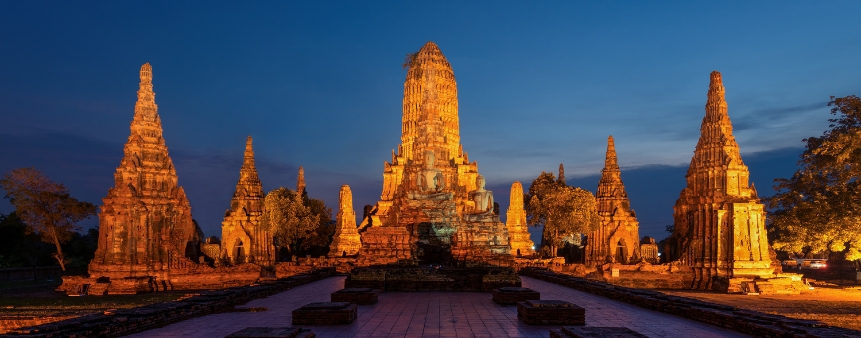Talk to India's best Astrologers
First Consultation at ₹1 only
Login
Enter your mobile number
Jwala Devi Temple, also known as Jwalamukhi Temple, is one of the 51 Shakti Peeths located in the town of Jwalamukhi in the Kangra district of Himachal Pradesh, India. This temple is dedicated to Jwalamukhi who is believed to be the embodiment or personification of Lord Shiva’s flaming mouth. The temple is believed to have been established in the 9th century during the reign of the Rajput ruler Raja Bhumi Chand. However, some legends also state that the Pandavas, the Hindu epic Mahabharata’s heroes, laid its foundations.
The temple architecture is unique, as there is no idol or statue of the goddess, but instead, there are nine eternal flames, which are considered to be the manifestation of the goddess. The flames are said to be spontaneously burning and have been burning for centuries, making it a place of pilgrimage for devotees of the goddess.
The temple is relatively complex, comprising a mandapam, a hall for prayers, and a sanctum sanctorum, which houses the nine flames. The temple also has a shikhara, a type of tower that rises above the mandapam and the sanctum sanctorum, making it an iconic architectural feature of the temple. The architecture is quite an old style but is highly defined, and devotees are able to feel the spiritual energy.
The temple attracts thousands of devotees every year, who come to offer their prayers and worship, and seek the blessings and grace of the Goddess. The temple is especially popular during the Navratri festival when the temple is lit up, and special puja and aarti ceremonies are held to worship the goddess. The temple is also known for its vibrant fairs and festivals, which are held throughout the year.
The most famous of these is the Jwalamukhi Fair, which takes place in the Hindu month of Ashaad (June-July) and attracts a large number of pilgrims from all over India. During the fair, various cultural programs, including musical and dance performances, add to the festive atmosphere.Twice a year, there is a Jwalamukhi fair, one during Navratri and the other during Aswin. The devotees take a round around the flame and offer sweets. This festival is celebrated with immense love. Folk dance, wrestling and singing are done at this Jwalamukhi temple fair. This attracts tourists, and people enjoy coming together with their families.
In the month of April and October, it is believed that the people of this area gather together to worship the Volcanic flame or Sacred flame coming out from the goddess Durga. People come dressed in silken red cloth. This fair is organised to take blessing from the inextinguishable flame, which gives devotees a reason to pay a visit. Apart from being a religious and spiritual site, the Jwalamukhi Temple is also known for its historical significance. The temple has been a witness to many historical events, including invasions by Muslim invaders, who tried to destroy the temple but failed due to the miraculous powers of the goddess.
Jwala Ji is the name of the goddess who lives in the temple in Kangra, Himachal Pradesh. There is the biggest mystery behind the eternal flames which nobody could ever extinguish. Jwalaji Himachal Pradesh temple is one of the 51 Shakti Peeths.
This is the story of Sati and Lord Shiva's aggression in losing his wife. It is believed that Sati's tongue fell in Kangra, leading to the Jwalamukhi temple's establishment. According to Hindu tradition, Sati (the granddaughter of Lord Brahma) 's father insulted Lord Shiva. In aggression, he held Sati on his shoulder and did Tandava, leading to Sati's body falling apart.
There is another story wherein it is believed that Lord Shiva roamed about the world with Sati’s body on his shoulder. Other gods got anxious and asked Vishnu to help Lord Shiva regain his normal state. Lord Vishnu then dissected Sati's body with the help of his Sudarshan Chakra, which fell into 51 pieces. These stories give us an insight into how 51 Shakti peethas were formed. The temple pooja starts early in the morning from 5 am to 8 pm. First, to make the environment pure, havan takes place every morning. Devotees offer sweets which are different from the sweets served on regular days.
The Jwalamukhi Temple is a revered shrine for the devotees of the Hindu goddess Jwalamukhi and those who seek peace and solace. The temple's unique architecture, never ending flames, and rich cultural and historical heritage make it a must-visit destination for those travelling to Himachal Pradesh. The temple serves as a symbol of India's rich cultural and religious heritage and is a testament to the power of faith and devotion. Moreover, this temple makes devotees feel more connected to the place. Jwalaji temple in Kangra is popular due to its status amongst the 51 Shakti Peeths. It is believed that the Jawalamukhi temple Kangra has non-extinguishable flames because the tongue of the Sati fell. The fair organised in this temple gave tourist knowledge about Jwalamukhi temple history.
